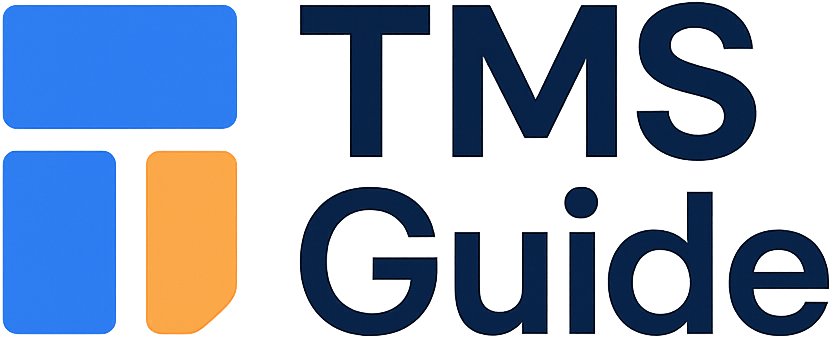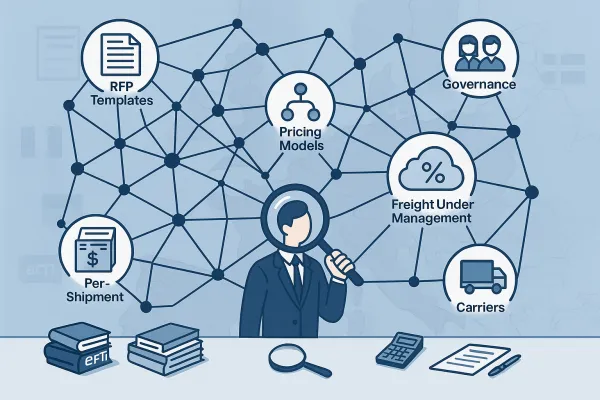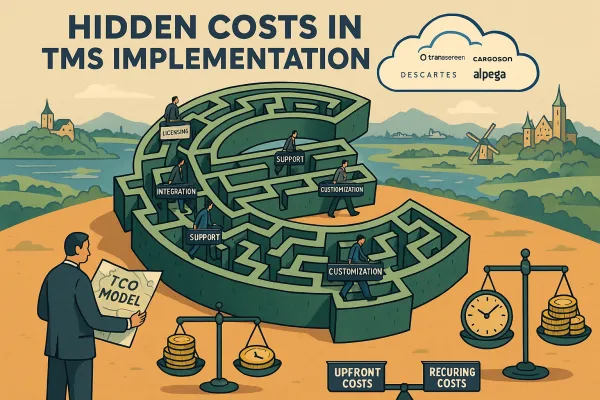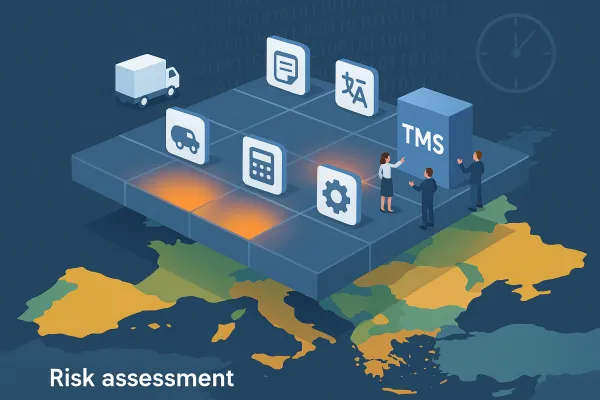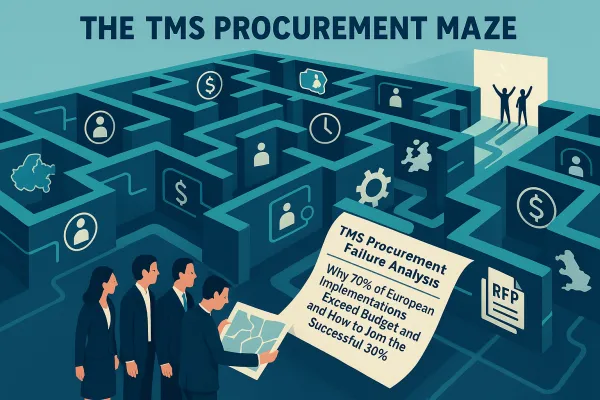TMS Hidden Costs: The 7 Budget Killers Your Vendor Won't Tell You About
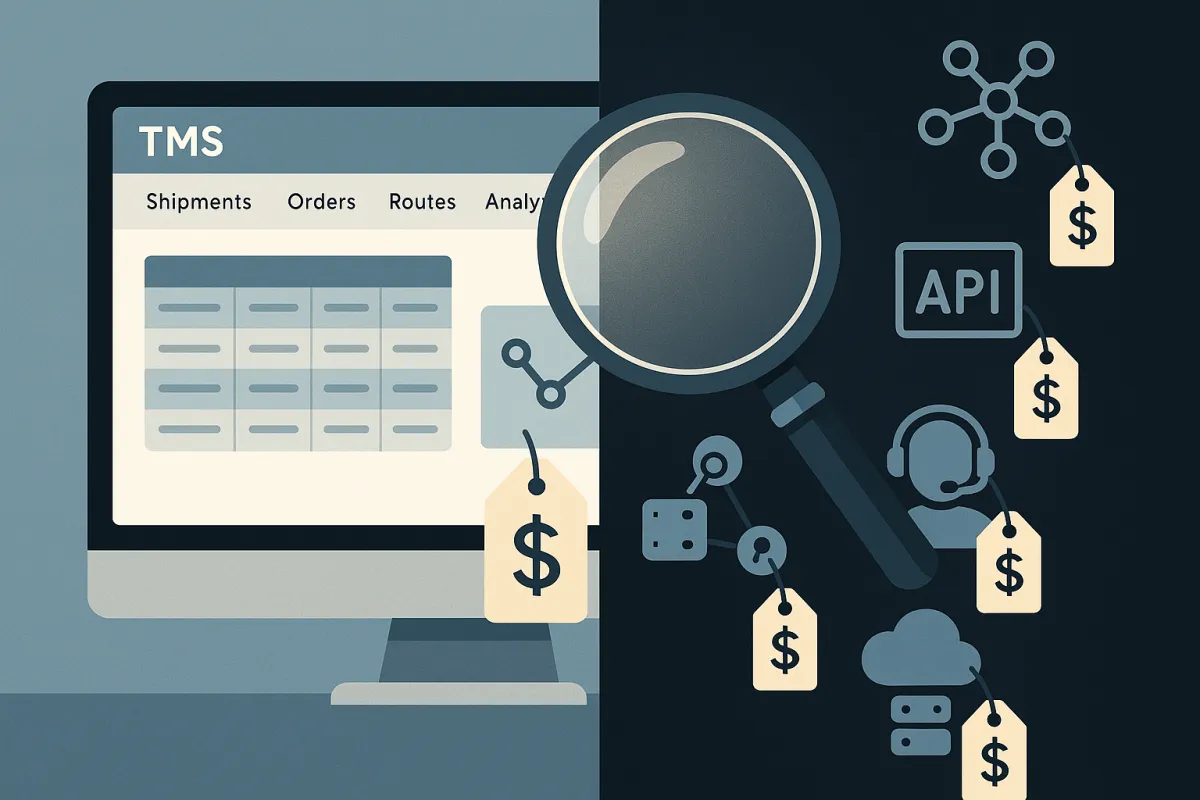
The €800K Wake-Up Call
A mid-sized German automotive parts manufacturer discovered the hard way what happens when TMS hidden costs aren't properly budgeted. Six months into implementation, €800,000 spent, they realized their new system couldn't handle their complex carrier network across 12 countries. Sound familiar? You're not alone.
Hidden costs in TMS procurement consistently add 25-30% more than initial estimates, turning what looked like smart investments into budget disasters. While procurement teams focus on feature checklists and license fees, the real financial impact lives in implementation complexity, carrier integration charges, and ongoing maintenance expenses that vendors rarely discuss upfront.
European shippers face unique challenges. Your 12-country carrier networks, multi-modal requirements, and regulatory compliance demands create cost pressures that basic TMS comparisons miss. Yet most procurement teams spend roughly 240 hours on tender events without proper TCO modeling.
The Real Cost Structure: Beyond License Fees
License fees represent just the starting point. TMS implementation costs range from €30,000 to €900,000, depending on complexity and vendor approach. But here's what catches European shippers off-guard: recurring costs spread over 10+ years typically link directly to shipment volumes, while one-time implementation expenses hit immediately.
The 5-year TCO framework requires calculating license fees, implementation services, carrier connectivity, customization, training, and support. Many modern platforms rely on third-party solutions for capabilities like real-time visibility or parcel rate shopping, adding complexity and costs during both implementation and ongoing maintenance.
Consider these TCO components: base licensing (20-30% of total), implementation services (25-40%), carrier integration (15-25%), customization and training (10-20%), and ongoing support (15-20%). Platforms like Cargoson, Descartes, and Alpega each handle these cost structures differently, impacting your bottom line significantly.
Hidden Cost #1: Implementation Complexity
Implementation costs vary dramatically based on your operational complexity. Automation requires setup of connections with internal systems like ERP, plus external carriers for booking, tendering, status messages, and invoicing - and if you work with several carriers, this can be significant.
Here's the reality check: many carriers aren't willing or able to create API connections, and even when they are, they'll charge integration costs to you. European shippers working with 20-30 regular carriers face substantial connectivity expenses that vendors rarely discuss during initial demos.
The complexity multiplies with advanced requirements. Advanced TMS solutions handle different scenarios (transport modes, freight types, regional differences) which require configuration. Compare this to basic solutions that only allow one process flow with minimum deviations - if your workflow isn't supported, you may struggle to achieve promised results.
Vendors like MercuryGate, Descartes, and Cargoson offer different approaches to implementation complexity. Many shippers choose sleek, inexpensive solutions only to discover misalignment with their workflow, leading to manual workarounds and contract termination.
Hidden Cost #2: Ongoing Maintenance & Support
Maintenance fees extend beyond basic system updates. Some ERP vendors delegate TMS implementation to external partners, potentially resulting in suboptimal configurations and extended timelines, while experienced teams bring best practices ensuring efficient setup.
Support structures vary significantly between enterprise and mid-market solutions. SAP TM and Oracle TM typically include comprehensive support in enterprise contracts, while smaller vendors may charge separately for implementation guidance, user training, and system optimization.
Cargoson and other modern European TMS providers often include implementation support in their pricing models, contrasting with traditional enterprise vendors who separate these services. The difference impacts your total support costs over the system's lifecycle.
Training costs depend on user adoption complexity and system interface design. The expertise of the implementation team is critical - inadequate training leads to ongoing support tickets, user frustration, and reduced system utilization.
Hidden Cost #3: Hardware & Infrastructure Requirements
Cloud versus on-premise decisions significantly impact infrastructure costs. Modern cloud-based solutions from providers like nShift, Cargoson, and Transporeon eliminate hardware investments but introduce ongoing operational expenses.
On-premise implementations require hardware specifications, OS compatibility considerations, and dedicated IT team support. Having a TMS with extensive pre-connected networks can significantly reduce connectivity costs and ensure smoother operations, but infrastructure requirements vary between deployment models.
European data residency regulations add complexity and cost. Your TMS must handle GDPR compliance, data localization requirements, and cross-border data transfer restrictions. Cloud providers meeting these requirements often charge premium rates for European data centers.
Calculate infrastructure costs including server hardware (on-premise), network bandwidth, backup systems, security measures, and compliance auditing. Cloud solutions shift these to operational expenses but may include usage-based charges that escalate with shipment volumes.
Hidden Cost #4: Carrier Integration & API Fees
Carrier connectivity represents one of the largest hidden cost areas. Some TMS providers offer published APIs for carrier integration, but carriers may charge shippers for establishing these connections.
While carriers can easily join platforms through portals, requesting completely new carrier API/EDI integrations is complex and costly - many providers don't build custom integrations themselves but provide standard EDI interfaces that carriers must implement.
European shippers face unique challenges with cross-border carrier requirements. Most European shippers work with 20-30 regular carriers but could benefit from access to 200-300 qualified providers. The cost difference between platforms with extensive pre-built networks versus those requiring custom integrations is substantial.
Compare carrier networks: Alpega connects to 80,000+ European transport professionals, MercuryGate offers broad North American coverage, and Cargoson focuses on European API/EDI connections. Cargoson builds true API/EDI connections with carriers, not just accounts in software or standardized EDI messages that carriers must implement themselves.
Hidden Cost #5: Change Requests & Customization
Business requirement changes generate ongoing costs that initial contracts rarely address adequately. Custom code development, workflow modifications, and integration updates accumulate over the system lifecycle.
Advanced TMS solutions support diverse transportation scenarios requiring tailored configurations, while basic systems with rigid workflows may fail to accommodate specific needs, leading to inefficiencies and potential contract terminations.
The flexibility versus cost trade-off varies between vendors. Blue Yonder and Cargoson offer configurable business rules without custom coding, while enterprise platforms may require professional services for workflow changes.
Licensing fees for additional features as business needs evolve represent another hidden cost. What starts as a core TMS implementation often expands to include advanced analytics, sustainability reporting, or regulatory compliance modules - each carrying separate licensing costs.
How to Build a Realistic Budget: The 6-Metric Framework
Effective TMS budgeting requires six key metrics: carrier connectivity coverage, implementation timeline, automation percentage, visibility latency, customization flexibility, and 5-year TCO modeling.
Benchmark targets include 50-70% automation rates for high-volume operations and sub-hour reporting latency for critical shipments. Modern platforms can reduce procurement cycle times by 60% while delivering measurable cost savings.
Create vendor comparison templates covering these elements: base licensing (per user, per shipment, or hybrid), implementation services (fixed price or time and materials), carrier integration costs (included or per-connection), training and support (included or separate), and customization charges (configuration versus coding).
Position established vendors (Manhattan, SAP) alongside emerging European solutions (Cargoson, nShift) in your evaluation. Traditional TMS systems cost €100,000+ annually and take months to install, while modern cloud platforms offer faster deployment and transparent pricing.
Red Flags: What Your Vendor Won't Tell You
Watch for these warning signs during procurement: reluctance to provide detailed cost breakdowns, vague implementation timelines, limited references in your industry vertical, and unclear change request processes.
Pricing transparency varies significantly between vendors. Some traditional systems require €100,000+ annual commitments, while others offer usage-based models. Demand clear documentation of all potential charges including setup fees, integration costs, and ongoing support.
Ask specific questions about carrier onboarding: Who pays integration costs? How long do new carrier connections take? What happens when carriers change their API requirements? Modern European providers like Cargoson build true API/EDI connections versus basic account setup.
Reference transparency matters. Insist on customer references in similar industries with comparable shipment volumes and carrier complexity. Verify claimed automation rates, implementation timelines, and ongoing support satisfaction through direct customer conversations.
Your TMS procurement success depends on understanding these hidden costs upfront. European shippers who invest time in comprehensive TCO analysis avoid the budget disasters that plague hasty implementations. Implementation costs ranging from €30,000 to €900,000 require clear value definition and optimal outcome planning.
